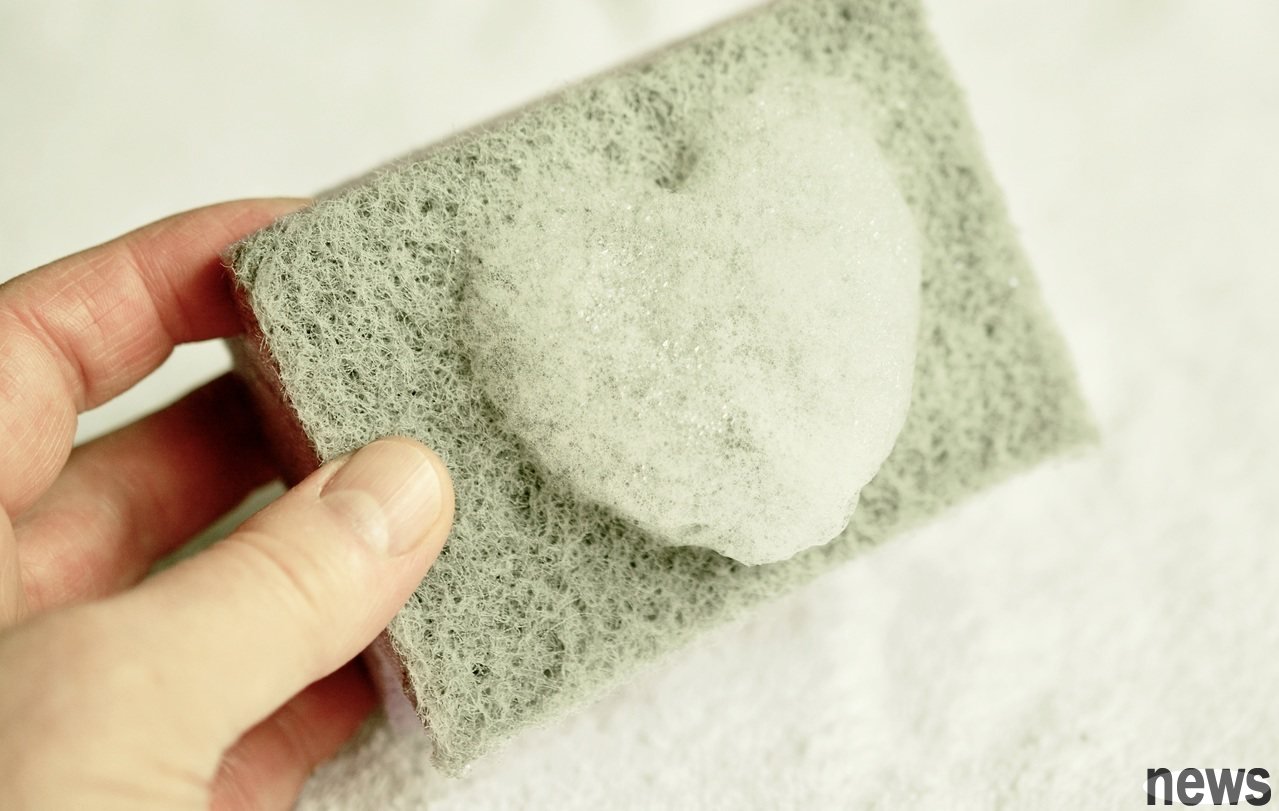Face friend Joy Wei sent an article yesterday (2022-1-12) asking: Please ask if the scientific sea cypress is really not usable? This article was published in Healthy Cloud on July 10, 2020. The title is: The scientific sea cypress is actually super...

Face friend Joy Wei sent an article yesterday (2022-1-12) asking: "Please ask if the scientific sea cypress is really not usable?"
This article was published in "Healthy Cloud" on July 10, 2020. The title is: The scientific sea cypress is actually super poisonous! The sacred ingredient of Mommy is exposed. Medical: The risk of carcinogenicity is extremely high. Its focus is: [The technology industry on the market is actually made of melamine and formaldehyde foaming, and melamine is the protagonist of the "toxic milk powder incident" in China in 2008. The commonly known melamine-formaldehyde resin in life is the common name of melamine-formaldehyde resin. It is a synthetic resin, a hot solid polymer. It is often used to press molds into kitchenware, tableware, etc. It is one of the plastic materials with very wide uses. Fan Quanshan, a physician of liver and gastroenterology, explained, "How is the magic sea cyst made? It is the process of making the Meinai dish. The whole piece is called Meinai dish. This is the hard block with formaldehyde. This is the Meinai dish, and then it bubbles into a sea cyst during the process of making it." Then he asked if the whole piece of Meinai dish is more poisonous, or is it cut into fine powder and is more poisonous? "This is how your foam is made. Foam the Menay dish and release all the melamine!" Fan Quanshan emphasized that melamine is very toxic to liver and kidneys, causing high risk of kidney stones, kidneys and bladder cancer. "It has been removed from the shelves and is not allowed to be used for food washing." 】
In fact, the rumors about "Mi-Natural Dishes are Poisonous" have been popular for more than ten years, and the most international concern is the "toxic milk powder incident" that occurred in China in 2008. However, in this incident, the Menay dish was added directly to the milk powder, not because the utensils (such as sea veins) contacted the food. In other words, this is a problem that involves "dose".
I have said many times that ordinary people have a serious misconception about "toxicity", that is, they think that as long as it is toxic, it will be harmful to health. However, Paracelsus, the father of toxicology, is famous saying Only the dose makes the poison, "No matter what chemical substance is, as long as the dose is large, it is poisonous, and as long as the dose is small, it is not poisonous." Therefore, it is certainly the water that humans think is raw. As long as the dose is large, it is poisonous. However, it is the arsenic that changes in color that everyone calls it. As long as the dose is small, it is not poisonous.
Due to the toxic milk powder incident in China, the World Health Organization immediately published Melamine and Cyanuric acid: Toxicity, Previous Risk Assessment and Guidance on Levels in Food on September 25 that year. It says that the Tolerable Daily Intake (TDI) of the United States, the European Union, and Canada respectively formulated the Tolerable Daily Intake (TDI) of the United States weighs 0.63, 0.5, and 0.35 mg per kilogram, while the Meaning of the Toxic Milk Powder weighs 2500 mg per kilogram. (Note: The formal translation of melamine is melamine, but I translate it into the commonly known as Meinai dish).
In other words, the amount of gluten in toxic milk powder is about 5,000 times the daily tolerable intake.
The US FDA also published Melamine in Tableware Questions and Answers on 2017-12-12. It said that the Taiwan Consumer Foundation recently conducted a test of plastic tableware made in China and found that it contained 20 ppm of Menay, but under normal use, Menay tableware will not be transferred from the tableware to the food. Of course, the Meinai dishes containing acidic food are heated at a high temperature for a long time, and the Meinai dishes taken out are still 250 times lower than the daily tolerable intake. Neither the World Health Organization nor the US FDA specifically mentions the so-called technological sea, but many consumer websites have mentioned it, and they say that this sea is safe in almost every voice. For example, a website called Kitchen just published two months ago (2021-11-22) that Are melamine sponges safe? (Is the Melamine sponges safe?). It says: "The main material of magic sea scent is melamine resin, which is strictly controlled. The melamine sea scent used for cleaning uses a physical de-fill mechanism. Because the raw material melamine resin is almost insoluble in water and has extremely stable chemical properties, there is no problem in cleaning tableware." The
Household Tips website also published Melamine Foam Sponge Facts. It says: "Of all the different seams I have used, the Menay foam seams are the most frequent seams I use at home with 3 dogs." The
Moms website also published Myth Or Fact: Is the Magic Eraser A Non-Toxic Cleaning Tool? (Myth or fact: Is the Magic Eraser A Non-Toxic Cleaning Tool?). It says: "The toxic narrative of the sea of magic has been revealed. In fact, no component in the sea of magic is bound by any health-related labeling method in North America or the EU.. ”
Family Handyman website also published What to Know About Magic Erasers 5 months ago. It says: "The sea of magic is non-toxic and safe, suitable for home use."
Original text: Is the sea of science and technology actually super poisonous? Health clouds and dangerous words